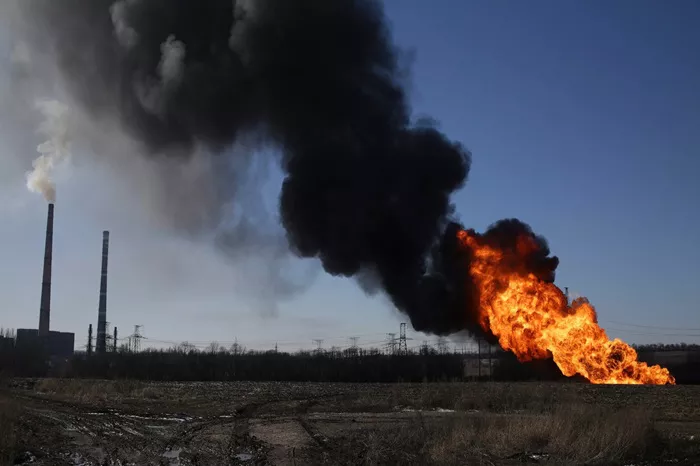Crude oil prices rose on Wednesday, driven by growing demand signals from China and heightened geopolitical tensions following the latest escalation in the Russia-Ukraine conflict.
Brent crude was trading at $73.25 per barrel, while West Texas Intermediate (WTI) stood at $69.39 per barrel. Both benchmarks have gained over $2 per barrel since last Friday, as Ukraine launched ATACMS missiles at Russian targets—a move enabled by a policy shift from the Biden administration allowing the use of these weapons against Russian territory.
“This marks a renewed buildup in tensions in the Russia-Ukraine war and brings back into focus the risk of supply disruptions in the oil market,” analysts from ANZ noted in a briefing.
In parallel, data suggests that crude oil demand in China, the world’s largest importer, is on the upswing. According to Kpler, Chinese oil imports in November could reach or surpass record levels, despite earlier concerns about the sluggish pace of demand growth. This comes as data shows China’s oil surplus shrinking in October to 550,000 barrels per day (bpd), down from 930,000 bpd in September.
However, some analysts, such as ‘ Clyde Russell, remain cautious. Russell interpreted the surplus reduction as evidence of over-importation rather than a clear bullish indicator, suggesting China might not require all the crude it is currently purchasing.
Adding to the market’s complexity, the International Energy Agency (IEA) may have underestimated the decline in global oil inventories this quarter. Preliminary figures from Bloomberg show a drawdown of 1.16 million bpd in the fourth quarter—significantly higher than the IEA’s earlier projection of 380,000 bpd.
On the downside for prices, Norway’s Johan Sverdrup oil field resumed operations after a temporary halt caused by a power outage. Additionally, the American Petroleum Institute (API) reported a crude oil inventory build of 4.75 million barrels for the week ending November 8, which could temper the upward pressure on prices.
The oil market remains highly reactive to evolving geopolitical risks and shifts in global demand dynamics, with traders closely watching developments in both China and the Russia-Ukraine conflict.
Related topic:
How Is Gasoline Made From Crude Oil?

